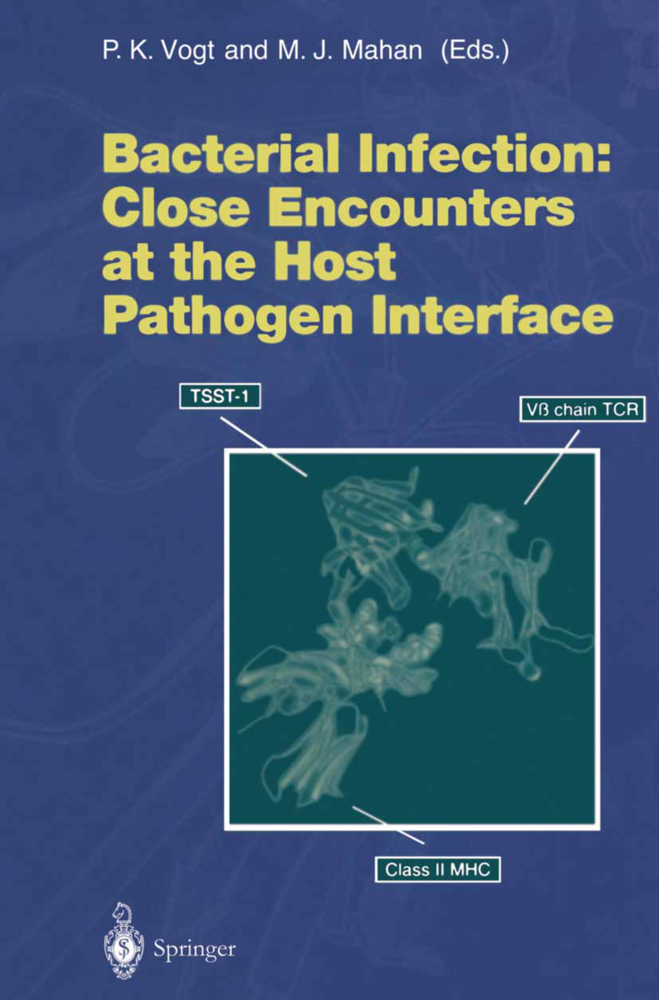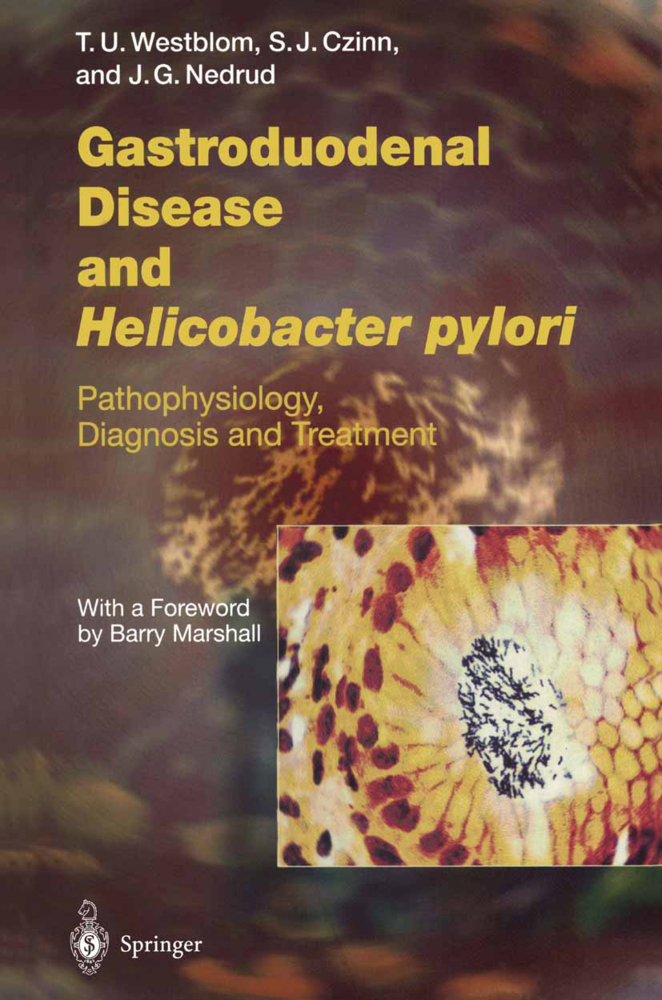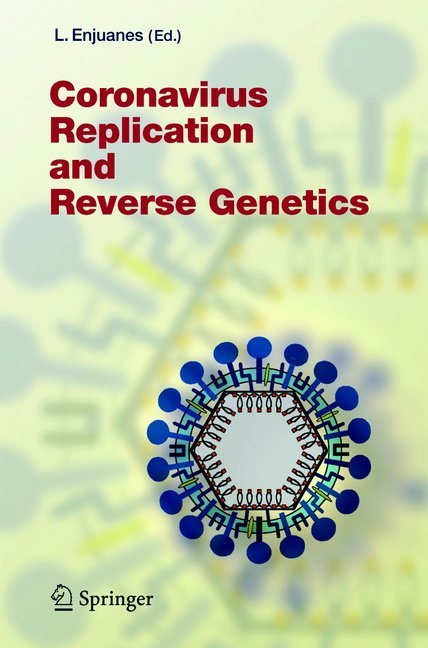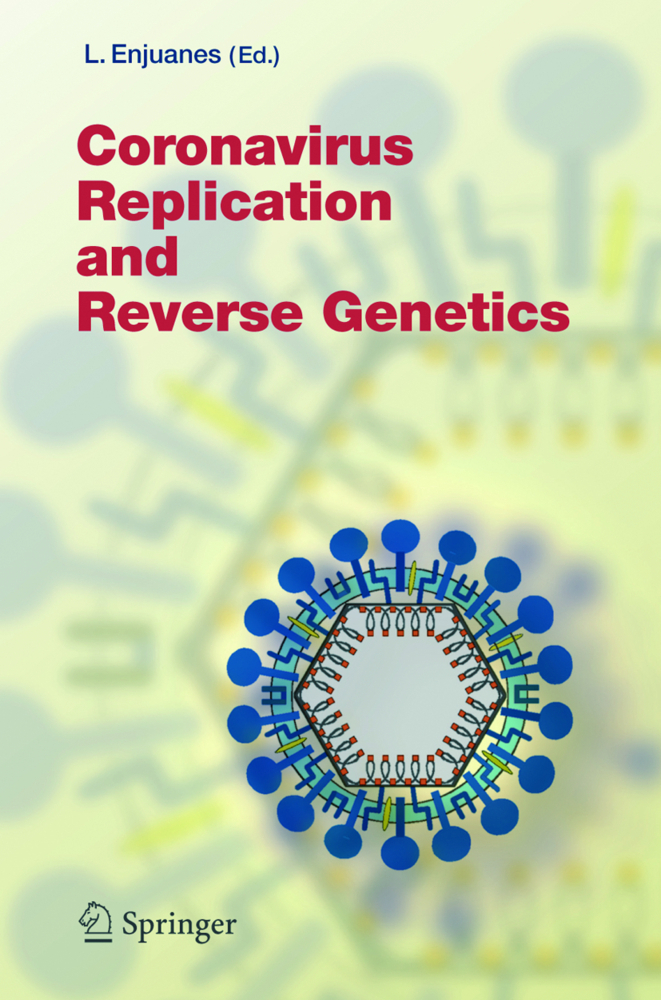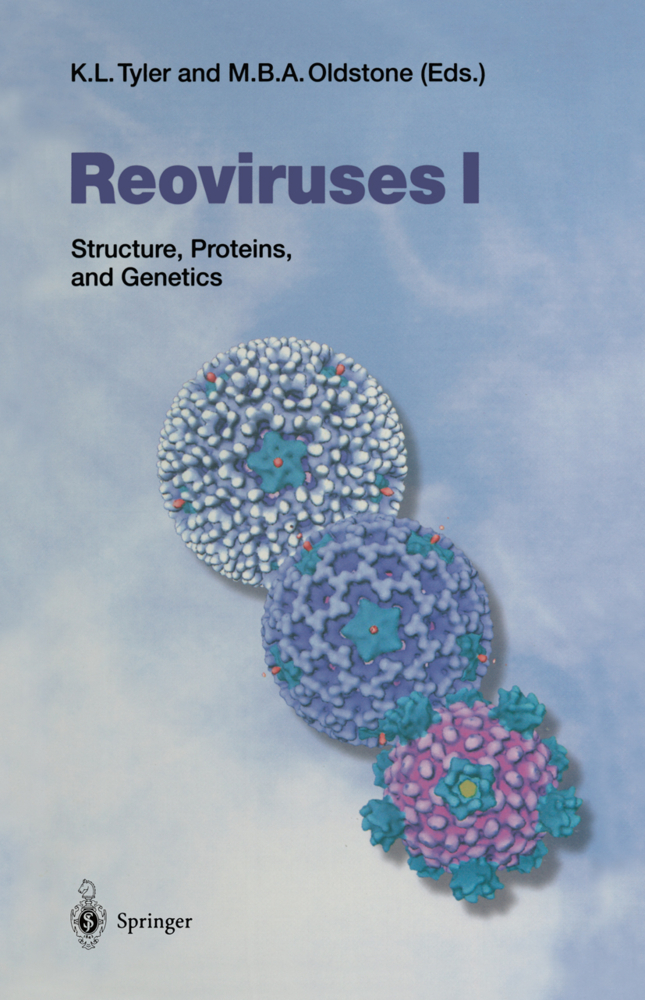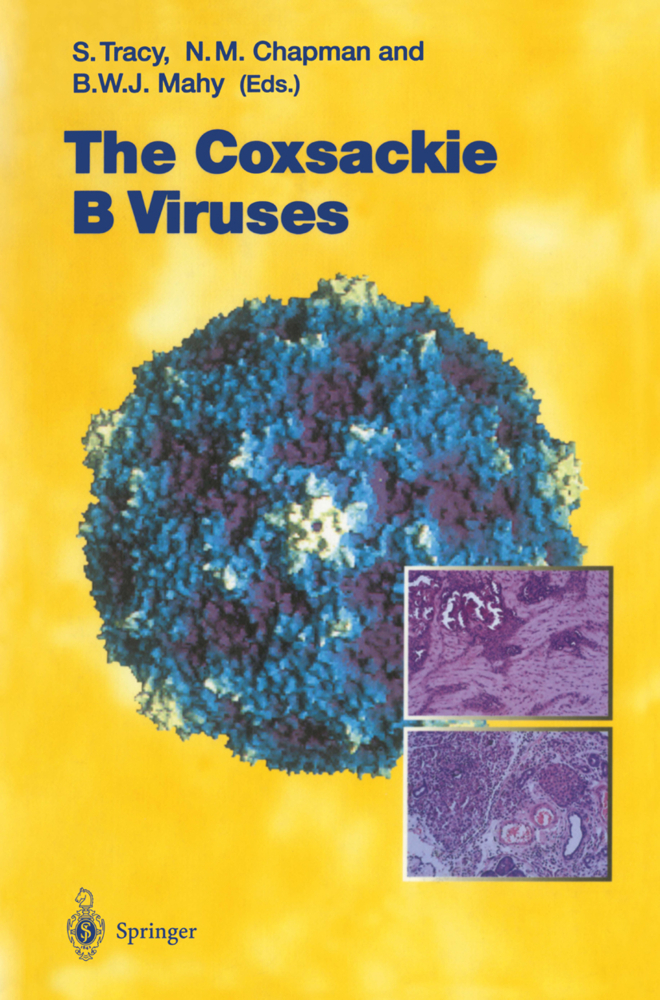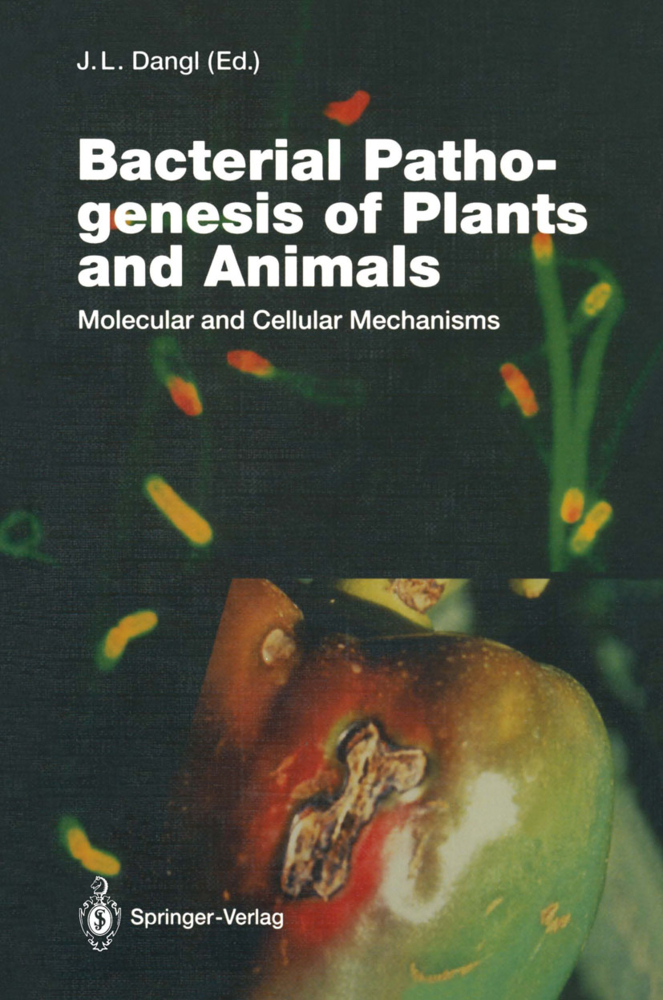Genetic Control of the Susceptibility to Bacterial Infection
Genetic Control of the Susceptibility to Bacterial Infection
This series ofreviews focuses on recent developments in understandingbacterialpathogenesisthathavebeengained by studying the genetic control of the susceptibility to particular diseases. The topics of the reviews include a description ofbacterial genes that effect virulence and a studyofthe genetic susceptibilityofhumans to group A streptococci and to leprosy. The most versatile model system for studies of disease susceptibility is the inbred mouse. Although seven of the chapters deal with the geneticsoftheresistanceofmice to infection, allofthem point out general principles and, wherever possible, parallelswithappropriatehumandiseases. Genetic studies of the mechanisms of resistance and pathogenesishaveanadvantageoverotherapproaches. By utilizing animals ofappropriate genotypes, it is possible tostudytheinvivoconsequencesofvariationsinparticular hostdefensesinintactanimals.Someofthemoderngenetic approachesusedinmousegeneticsarealsodescribed. Allofthechaptersdealingwithmousegeneticsdescribe studieswithrecombinantinbredmice.Achapterhasbeen included thatdescribesapproaches for the useofmice in genetic studies of disease resistance. This chapter also describesrecombinantinbred miceandameans bywhich theycanbeusedtoexaminethelinkageofgenesaffecting diseaseresistance. Thebulkofthevolumefocusesonthegeneticregulation by three different murine loci: Ips, xid, and fty. fty was the first name given to a locusthatgoverns resistance to infections with leishmania, bacille Calmette-Guerin and salmonella. Different reviews describe the relationshipof thefty locusto thediseasescaused bytwoofthese three pathogens. Thesetwo reviewsalsoincludeadiscussionof other geneticfactors that affect the susceptibilityofmice toeachpathogen.TworeviewsaredevotedtotheX-linked immunodeficiency (xid) locus. One describes the pre sent state of immunological knowledge about the immunological deficits that have been shown to be VI Preface associatedwiththedefectivexidallele.Theotherdescribes theeffectoftheseimmunodeficienciesonthesusceptibility of mice to infection with Streptococcus pneumoniae. Anotherchapter describes the effectsofthe Ips locus on the immune system and the concomitant effects these changeshaveontheresistancetobacterialinfection.There is also a chapter describing genetic studies that examine the relationship between the genetic control of certain macrophage properties and the susceptibility to Listeria infection.
Influence of Host Genes on Resistance of Inbred Mice to Lethal Infection with Salmonella typhimurium. With 3 Figures
Genetic Control of Resistance to Mycobacterial Infection. With 1 Figure
Genetic Control of Resistance to Listeria Infection. With 2 Figures
X-Linked Immune Deficiency (xid) of CBA/N Mice
Genetic Control of the Susceptibility to Pneumococcal Infection. With 4 Figures
Lps Gene Regulation of Mucosal Immunity and Susceptibility to Salmonella Infection in Mice. With 7 figures
Genetic Determination of Bacterial Virulence, with Special Reference to Salmonella.
Genetic Control of the Susceptibility to Infection with Pathogenic Bacteria
Genetic Approaches to the Study of Disease Resistance: with Special Emphasis on the Use of Recombinant Inbred Mice. With 2 FiguresInfluence of Host Genes on Resistance of Inbred Mice to Lethal Infection with Salmonella typhimurium. With 3 Figures
Genetic Control of Resistance to Mycobacterial Infection. With 1 Figure
Genetic Control of Resistance to Listeria Infection. With 2 Figures
X-Linked Immune Deficiency (xid) of CBA/N Mice
Genetic Control of the Susceptibility to Pneumococcal Infection. With 4 Figures
Lps Gene Regulation of Mucosal Immunity and Susceptibility to Salmonella Infection in Mice. With 7 figures
Genetic Determination of Bacterial Virulence, with Special Reference to Salmonella.
Briles, David E.
| ISBN | 978-3-540-16238-4 |
|---|---|
| Medientyp | Buch |
| Copyrightjahr | 1986 |
| Verlag | Springer, Berlin |
| Umfang | XII, 176 Seiten |
| Sprache | Englisch |


